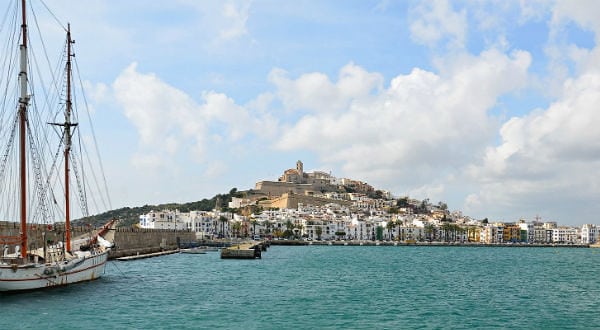If you want to experience a huge diversity both in terms of geography and culture, Spain is definitely the destination to visit. From the deserts of Almería, to the rugged mountains of the Sierra Nevada.or the evergreen estuaries of Galicia, Spain has a lot of variety to offer. Located at the western end of the Mediterranean Sea, Spain is home to the second-largest number of UNESCO World Heritage Sites and the largest number of World Heritage Cities.
Languages Spoken
The official and universal language used in Spain is Spanish. However, there are a number of other languages such as Catalan, Basque, Galician, Asturian, etc.which are spoken in various parts of Spain.
Currency
The currency of Spain is Euro. So make your conversions accordingly.
Climate
Due to its geographical diversity, the climate of Spain varies from region to region. However, Spain has a predominantly warm Mediterranean climate, with dry summers and moderate winters. Also, in the higher parts of the country, the climate is harsher and it is common to see snow from the beginning of winter.
How To Reach
As far as accessing Spain is concerned, there are a plethora of options available. Most important cities of Spain are well connected by air. Visitors also have the option of taking a train or cruising into Spain. So travelling to Spain is really not an issue, if you’re planning a vacation.
What To See
- The Aqueduct of Segovia: One of the best-preserved monuments left by the Romans, this aqueduct was constructed around 50 AD and provided water to the city till the 20th century. Some 24,000 massive granite blocks without the use of mortar were used to create this structure.
- Ibiza: There is no bigger party than the ones in Ibiza, from April till October. One of the Balearic Islands in the Mediterranean Sea, off the coast of Spain, it is one of the most popular party destinations in all of Europe with night clubs, beach bars and restaurants.
- Alhambra in Granada: Located on a plateau, this structure was chosen by El Ahmar, the first Nasrid king. Overlooking the entire city of Granada, the price for entry is around 13 euro’s. Alhambra is only ever fully open between March and October, so make sure you time your visit accordingly.
- El Escorial: Nestled in the foothills of the Sierra de Guadarrama, El Escorial was the political center of the Spanish empire under King Philip II. Juan Bautista de Toledo was appointed the architect of this structure in 1559. Today it functions as a monastery, royal palace, museum, and school.
- Cuenca: Situated between Madrid and Valencia, Cuenca is a brilliant example of a medieval city. It happens to be one of the most striking towns in Spain, with numerous hanging houses built right up to the cliff edge.
If you’re looking for a chilled out vacation spot, which will take you miles away from your hectic work schedule, then book your tickets to Spain!













